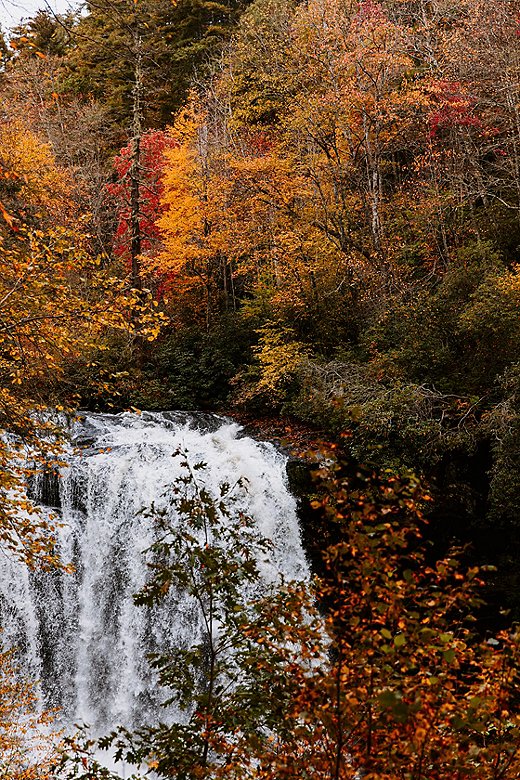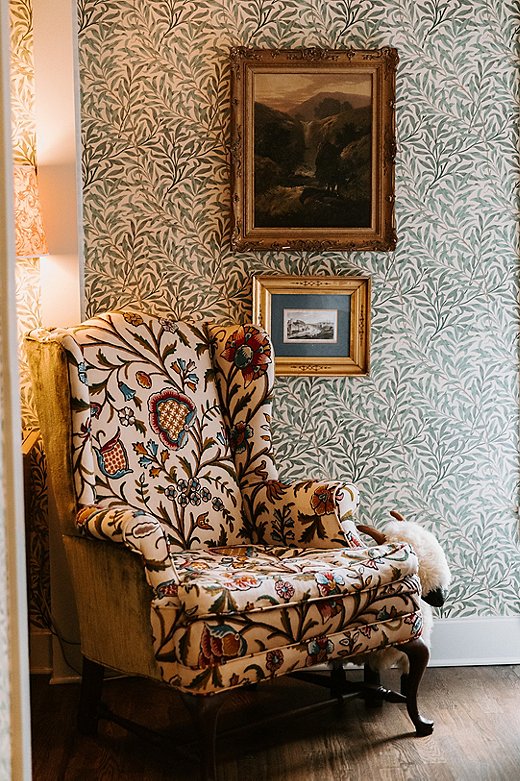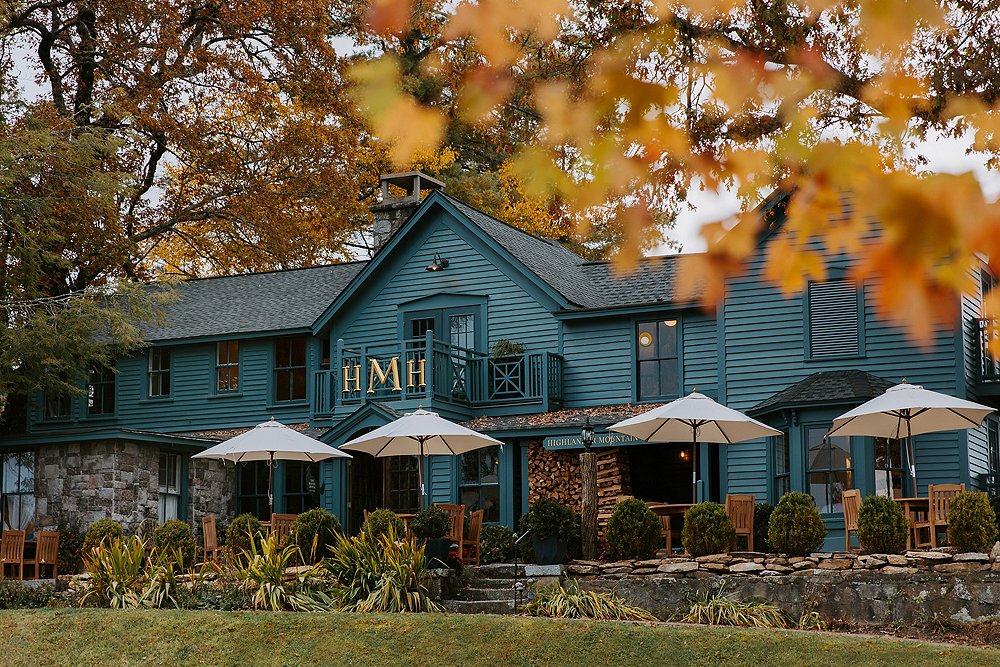The Highlander Mountain House is a love letter to Appalachia. Located in the heart of the Nantahala National Forest, the boutique hotel feels as if it has stood in situ for 200 years. You might find yourself staring at an old portrait wondering if this man was the proprietor of the house, perhaps one of the original Scots-Irish settlers who found their way into the holler—a story familiar to those who grew up in and around this part of North Carolina.
In fact, the structure was built in 1885 by a sea captain from Charleston. But the Highlander Mountain House as it is today has been around for less than a year. The 18-room hotel was lovingly restored and given a new life by Jason Reeves. A hotelier by trade, Jason has a background in historic preservation and a passion for design. He kept many architectural details that are distinctly Appalachian but imbued the space with the spirit of the English Cotswolds. Jason is a designer and aesthete, but he is first and foremost a storyteller. “I want to travel to a place and understand the context of the area,” he says.

Highlander Mountain House is nestled within a temperate rainforest. The area’s flora and fauna attract thousands of tourists each year.
The first people of Appalachia were the Cherokee. A short drive from Highlands lands you in the home of the Eastern Band of the Cherokee, a sovereign nation within the United States. It wasn’t until the 18th century that Irish and Scottish emigrants found their way into the area. Many of the traditional handicrafts such as quilting and wood carving are still practiced, as captured in the wildly popular Foxfire books of the late 20th century.
The beauty and harsh nature of the land have served as an inspiration to artists across the ages. Black Mountain College, less than two hours from the Highlander Mountain House, produced some of the most influential artists of the 20th century, including Elaine de Kooning, Robert Rauschenberg, and Cy Twombly; Josef Albers, John Cage, and Walter Gropius were among the faculty members.
It’s in this microcosm of nature, art, and life that Appalachia comes alive. And it is this backdrop upon which Jason Reeves built the stories of his hotel. Each of the 18 rooms is different, each a single part of the wider narrative. Jason likens it to pulling threads, as if he were a masterful weaver creating a tapestry that tells the story of a place through multiple eras.
Jason wanted the place to feel unique, so he sourced a majority of the pieces from England or France. “We were pretending that some great collector lived in the house for the past 150 years and these were all handed down,” he says.

Each room within the hotel tells a unique story. This room is decked out in a mixture of custom and vintage furniture hand-selected by Jason.
It was important that the furnishings had provenance but felt approachable, rustic yet refined. “All of the pieces play off one another,” says Jason, who describes the result as “an accumulation of a sum of the parts, which is my biggest inspiration.” You’d be hard-pressed to nail down a specific period for the design. It appears as though it has always been and always will be. Victorian pieces commingle easily with midcentury. Vintage oil paintings are interspersed with contemporary. “All of the pieces play off one another,” he says.

Playing with palette and pattern was a key strategy in Jason’s curation of the hotel. His ultimate goal was to make it feel eclectic and approachable, as if guests had just stepped into someone’s home.

The use of wallpaper in this room accentuates the unique architecture of the hotel.
If the perfectly styled interiors aren’t reason enough to fall in love with the Highlander Mountain House, Jason’s idea that the place should be the town’s living room is. “The hotel is designed to connect guests to the local area—that was my first priority,” he says. “The hotel is Highlands and of Highlands.” The common areas are comfortable and inviting. The on-site restaurant, the Ruffed Grouse, invites people to learn a little bit more about the area by sourcing as many local ingredients as possible. Walk into the restaurant and you’re just as likely to see a local as you are to see someone experiencing the magic of Appalachia for the first time.

The Ruffed Grouse took a lot of inspiration from classic Americana.

All the antique portraits that hang throughout the hotel are pieces in the narrative puzzle of Jason’s design.







Join the Discussion